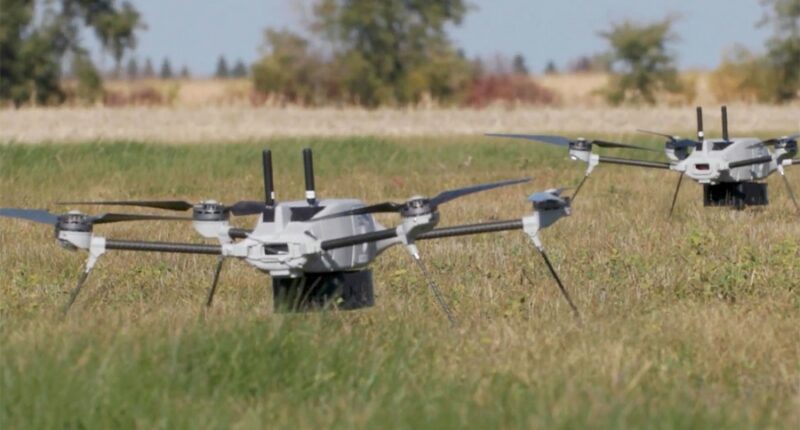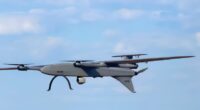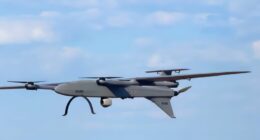Lockheed Martin has partnered with Red Hat to accelerate the development of swarm autonomy technology for unmanned aerial systems.
The goal is to allow faster software updates that make drone swarms more adaptive and responsive in tactical settings.
The collaboration uses Red Hat’s container-based software Device Edge and Lockheed Martin’s autonomous swarm systems, tested on the Indago 4 drone, a small quadcopter designed for surveillance and reconnaissance.
Artificial intelligence (AI) and machine learning tools allow the drones to carry out complex missions and adjust tasks on the fly.
“This work helps enable uncrewed aerial vehicles to receive updated software modules on-the-fly, transforming the way we manage and update edge devices,” said Lockheed Martin Program Manager Katie Gilmore.
“This kind of technology is critical for missions of the future, giving drone swarms far greater capabilities to protect people and infrastructure real-time,” added Gilmore.
The Systems
Red Hat Device Edge is a lightweight platform designed to run software on devices with limited resources.
The system supports data collection and analysis even in areas with limited or unreliable network access.
It supports real-time AI processing with local data handling, image recognition, model training, and inference.
The Indago 4 is designed for quick deployment, requiring about two minutes to set up.
Its compact size allows it to be carried in a standard backpack.
It can stay airborne for 50 to 70 minutes with an operational range of up to 10 kilometers (6.2 miles) carrying a payload of up to 5 pounds (2.3 kilograms).









